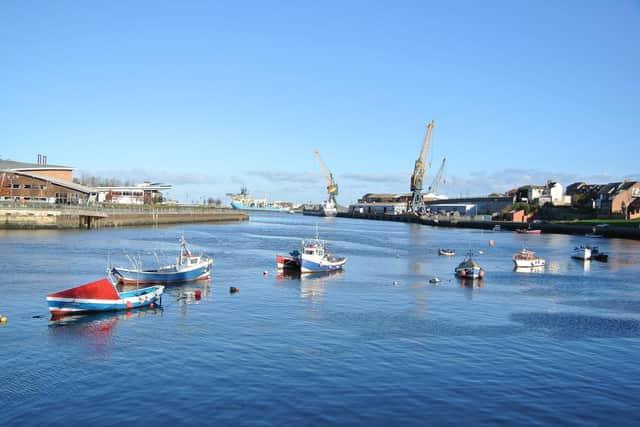How Sunderland has changed in the last 10 years - ageing population and fewer people marrying, according to census data
and live on Freeview channel 276
February has seen the publication of data from the Office for National Statistics comparing the city’s characteristics in 2011 with that collected in the most recent 2021 Census.
The figures showed during this decade the average median (middle) age of the city’s residents increased from 41 to 43 years of age, higher than the regional and national average median ages of 42 and 40.
Advertisement
Hide AdAdvertisement
Hide AdThere has been a large increase in the number of people of pensionable age with a 26.2% rise (6,600 people) in the number of residents aged 65 to 74, while people in the middle-age band of 35 to 49 years fell by around 8,400, a 14.5% decrease.
The city also saw a fall in the number of households with dependent children, falling from 17.7% in 2011 to 16.3% in 2021.
In other aspects of family life, fewer people are getting married with 42.6% of people saying they were married or in a registered civil partnership, compared with 45.2% in 2011.
During this period, Sunderland’s population also fell by 0.5% from 275,500 to around 274,200, although the city was still in the top 30% most densely populated English local authorities.
Advertisement
Hide AdAdvertisement
Hide Ad

The fall meant the city was one of only three local authority areas in the North East to see its population decline. The regional population increased by 1.9%, while the population of England increased by 6.6%.
Worryingly the city saw the North East’s joint second largest rise in people acting as unpaid carers, generally to other family members.
The number of people acting as carers providing between 20 and 49 hours of weekly unpaid care rose from 2% in 2011 to 2.7% in 2021. Hartlepool saw the greatest rise from 1.8% to 2.9%.
The rise in Sunderland links in with an increase in the number of people identified as “being disabled and limited a little” rising from 11.5% to 11.9%.
Advertisement
Hide AdAdvertisement
Hide AdIn terms of local economic indicators, the number of people renting private accommodation rose from 12.2% in 2011 to 14.8% in 2021 which coincides with a 0.5% decrease in people living in socially rented accommodation and a 0.7% decrease in private home ownership.
